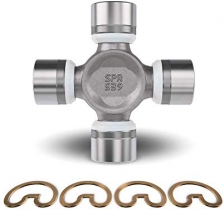-
Welcome to Tacoma World!
You are currently viewing as a guest! To get full-access, you need to register for a FREE account.
As a registered member, you’ll be able to:- Participate in all Tacoma discussion topics
- Communicate privately with other Tacoma owners from around the world
- Post your own photos in our Members Gallery
- Access all special features of the site
Better MPG on 87 vs 89 gas?
Discussion in '3rd Gen. Tacomas (2016-2023)' started by Dacon, Apr 27, 2018.
Page 3 of 4
Page 3 of 4


 Broken 10mm bolt - Tailgate
Broken 10mm bolt - Tailgate Remove oem Door edge guards
Remove oem Door edge guards Front camera screw from hell
Front camera screw from hell DMM Phone Mount
DMM Phone Mount Bed rack that is not a ripoff?
Bed rack that is not a ripoff?














































































